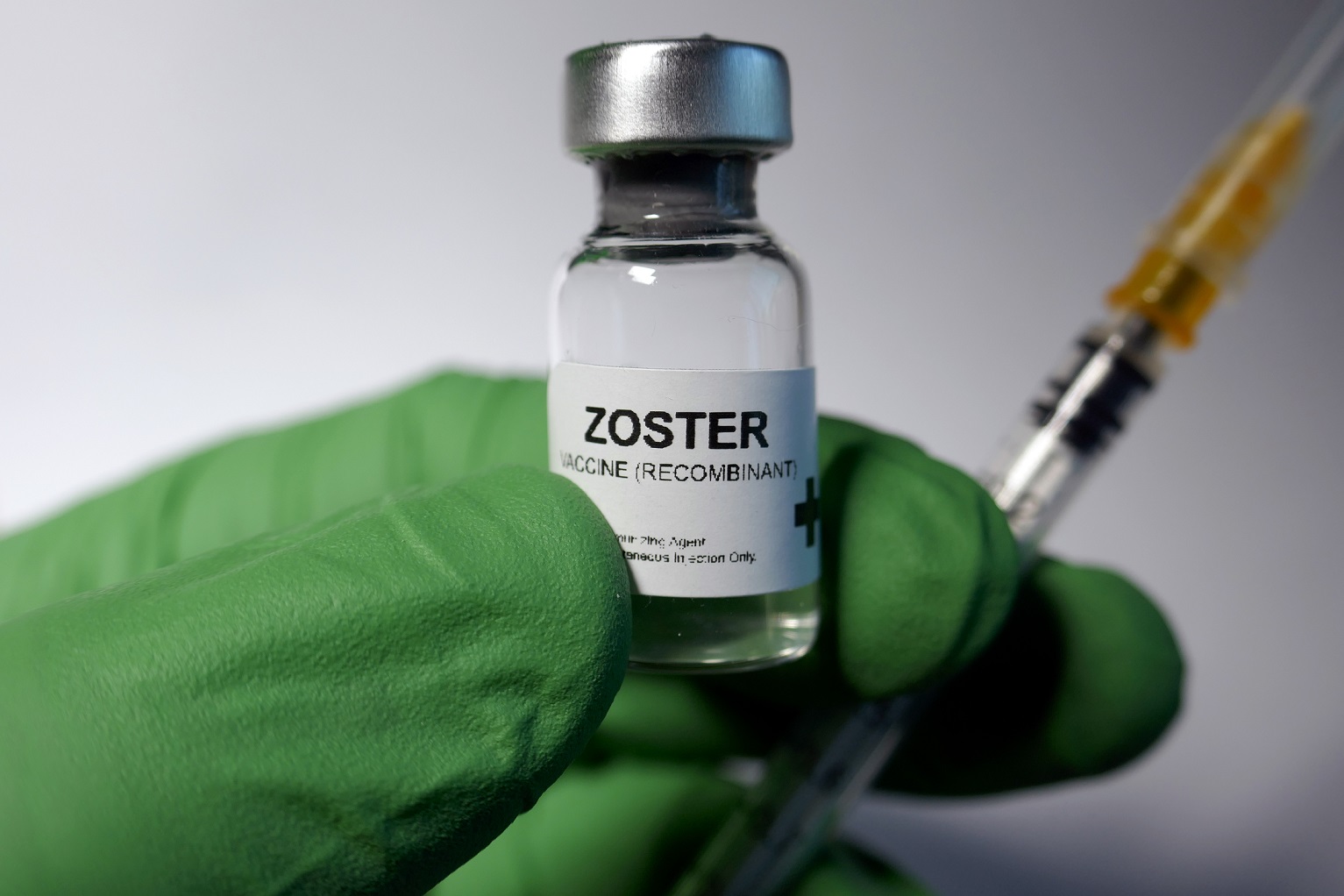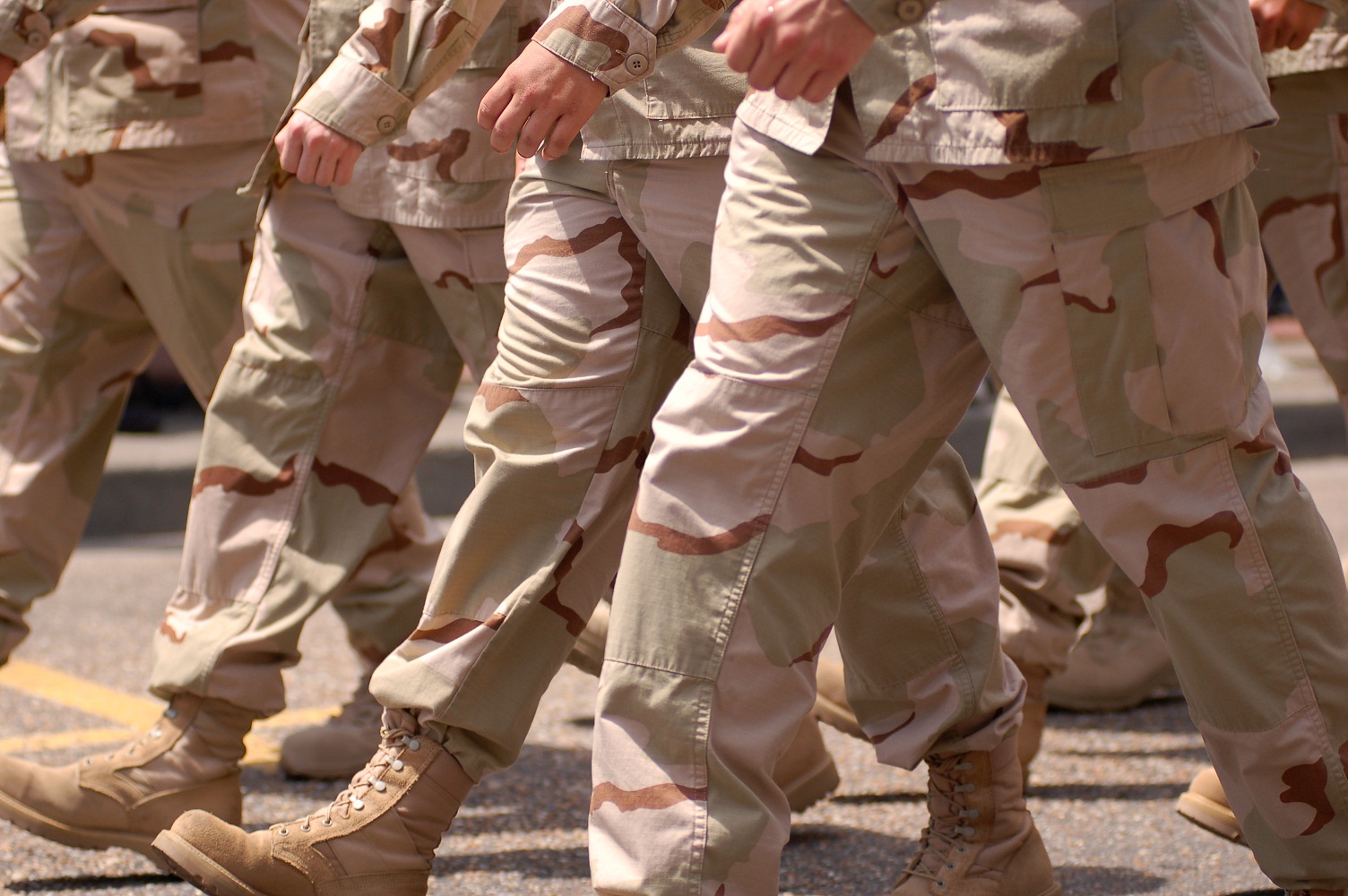The U.S. Department of Defense (DoD) has begun reinstating U.S. Army personnel involuntarily discharged in 2021 for refusing to comply with the Biden administration’s COVID-19 shot mandate for Americans serving in the Army, Navy, Marines, Air Force and other branches of the military. The COVID shot mandate, which was rescinded in 2023 under the National Defense Authorization Act that year, caused the removal of more than 8,700 active-duty personnel across all branches.1
Now, with military recruitment falling well below targets—the Army alone missed its 2023 goal by roughly 15,000 soldiers—the Pentagon has begun reaching out to some of those discharged to bring them back. As of early this month, more than two dozen soldiers have re-enlisted, according to Army officials.1
The recruitment effort follows an executive order from President Trump, who pledged that military personnel discharged over COVID shot refusal would be reinstated and receive back pay. “Some of our best people were forced out,” Trump said, promising to rehire “every patriot who was fired from the military with backpay.”1
The Biden administration’s COVID shot mandate for the U.S. military was implemented in August 2021, requiring all active-duty members to receive all recommended shots or face potential disciplinary action, including separation from service. The policy sparked controversy, particularly among those who had filed personal belief objections, including religious objections . By the time the mandate was rescinded, more than 8,700 members had been involuntarily discharged from the military for noncompliance.2
Apologies and Reenlistment Instructions Sent to Discharged Soldiers
So far, only the Army has seen reenlistments. The Marine Corps, Air Force, and Navy have launched informational websites but have not reported any discharged members returning to service. Tim Dill, currently performing the duties of Deputy Under Secretary of Defense for Personnel and Readiness, told reporters during a recent briefing that the Department plans to send “letters of apology” to those discharged under the mandate. Instructions for reenlistment will also be provided via email, phone calls, online portals, and social media.3
“The department is eager to welcome back those who were impacted by that vaccine mandate,” Hill said. “They never should’ve had to leave military service and the department is committed to assisting them in their return.”3
Longer Service Terms and Reduced Back Pay for Returning Soldiers
The Pentagon’s reinstatement offer, however, comes with new terms. While a Feb. 7, 2025 memo stated that those returning would be required to serve two years, an updated April 1 memo, signed by Jules Hurst III, Acting Under Secretary of Defense for Personnel, significantly increased the requirement. “Reinstatement will not be afforded to those who are unwilling or unable to return to active service or active status, as applicable, for four years,” the memo reads. There are limited exceptions: servicemembers who were within two years of retirement at the time of their discharge can reenlist under the original two-year commitment.1
Additionally, those drawn to the offer by the promise of back pay may receive far less than expected. The Pentagon has clarified that any wages earned during civilian employment—along with other compensation received—will be deducted from the back pay total. This adjustment could significantly lower final payouts, adding another wrench to stalled recruitment efforts. ¹
Recruitment Challenges and Public Skepticism Persist
The muted response to the reenlistment offer echoes concerns raised by military leaders in recent years, where some have suggested that for many discharged troops, the COVID shot mandate simply accelerated their departure from a career they were already ready to leave.1
In 2023, Secretary of the Army Christine Wormuth noted that only about 23 percent of young Americans between the ages of 18 and 24 are qualified for military service due to the inability to meet physical and mental health standards.4 She also acknowledged the growing institutional skepticism among younger generations, stating: “When you look at Generation Z, you see a lot of the declining trust in institutions.”5
As of now, the Army has reported that approximately 400 former soldiers have expressed interest in reenlisting, with around 100 actively undergoing the application process. Those seeking reinstatement must meet all current military health, fitness, and conduct standards. The deadline to reenlist is Feb. 28, 2026.1
If you would like to receive an e-mail notice of the most recent articles published in The Vaccine Reaction each week, click here.
Click here to view References:1 Harris R. Army reenlists nearly two dozen soldiers ousted for refusing COVID-19 vaccine. NBC12 Apr. 8, 2025
2 Press Release. Rescission of COVID-19 vaccination requirement for members of the Armed Forces. U.S. Department of Defense Jan. 10, 2023.
3 Ceder R et al. Pentagon begins outreach to reenlist troops booted for COVID vaccine. Military Times Apr. 8, 2025.
4 Britzky H. ‘This is an Army problem’ — Service leaders outline plan to address bleak recruiting crisis. Task & Purpose July 21, 2022.
5 Baker A. U.S. Army Fails to Meet Recruitment Goals, Soldiers Dismissed for Refusing COVID Shots Invited Back. The Vaccine Reaction Dec. 4, 2023.













9 Responses
It’s about the time to let soldiers to reinstate in spite of vaccination status. They had the right to refuse to comply with the mandate. Biden made a huge yet costly mistake when he had implemented Covid vaccine mandate. We should thank them for serving our country. I don’t like wars, either. Im not a Republican, but I’m very glad Trump made an executive order. What a true patriot. 🙏👏🏻👏🏻
Hopefully enough clean pilots and tech personnel are still capable of performing their hi-tech skills after having this so called vaccine that has caused a lot of issues especially with pilots of commercial aircraft. Nothing being said about future blood transfusions and segregating non-vaccinated pure blood from shot blood to prevent pilots becoming contaminated.
These soldiers should be welcomed back with total back pay and no civilian money or any compensation taken away from the total 100% back pay! Shame on our government for forcing vaccines on any soldier!!
The soldier should have the complete right to decide if they want a “vaccine”(gene therapy )/vaccine injected in them be it through medical/religious exemption or they just choose not to have vaccines/ gene therapy. Period!!
Also, the vaccine should be broken down to single doses so the soldier can find out if there is a reaction to a particular vaccine.
The government employs the soldier but needs to treat them as a person and not as property.
Also, vaccines are quite frankly, worthless. God has given us a perfect immunity to fight off any virus, etc.
But are they mandated to have all of the other vaccines? Do new recruits have to have the MMR, Dtap, etc.?
Yes, all other shots are required, including yearly flu shots.
Exactly! There are still moles in the U.S. military causing trouble. This time, the flu shot will be the excuse.
Good questions. All other vaccines should not be mandated as well. Vaccines must be a choice, period. I trust they would stay home if they become sick until they fully recover. It’s a simple solution. 🤷🏻♀️
Not enough Trump! Hopefully none of them will return. The way these services members have been treated is reprehensible and has not yet been addressed with the current stream of BS coming out of the pentagon. The psychological assault directed at these service members during the Covid tyranny by the military brass, at all levels revealed the glaring truth, the lives of enlisted men and women do not matter that much to the US government criminals and their dogs of war. Start firing the brass that enabled this to happen in the first place.
End July 2021, Barnstaple Massachusetts knew that COVID shots didn’t reduce COVID or transmission.
AUG 2021 Biden recommended FDA approved 3rd dose booster COVID shots.
Biden knew COVID shots no good.
yet Biden administration required COVID shots for military, and medical even if recovered from previous infection.
Know wonder Biden, Fauci , Harris, Lightfoot are retired. Let’s retire the rest.